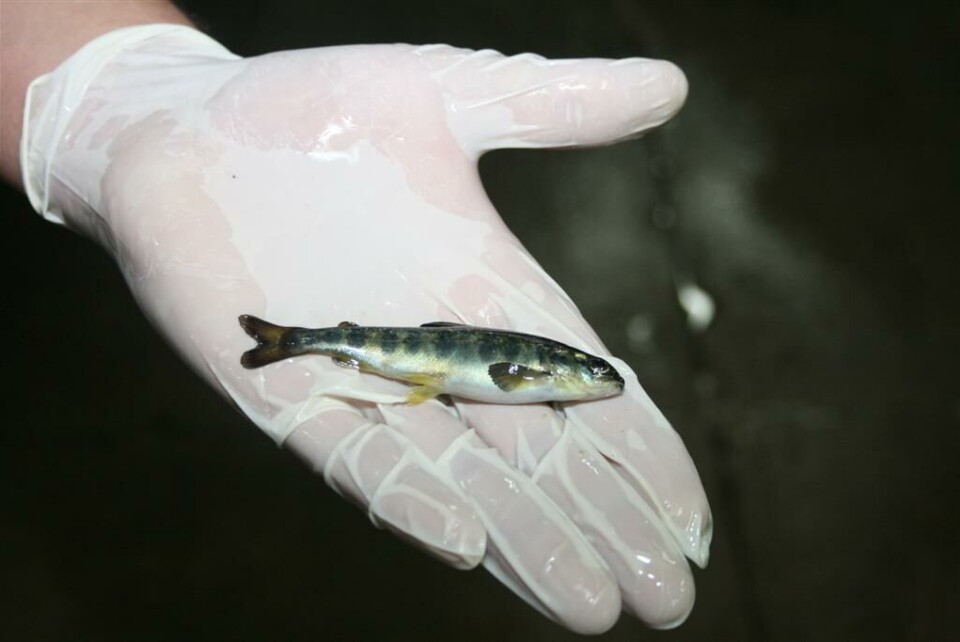
Very few wild fish caught during farmed salmon harvesting
When Marine Harvest Canada pulled in a load of its farmed Atlantic salmon a couple of years ago, some juvenile wild fish were found among the farmed fish, and this sent environmentalists scurrying to court because- unlike in the commercial fishing industry- there was at the time no legal allowance for the so-called “bycatch” of species of fish not covered by the aquaculture license. And while environmentalists had successfully argued that salmon farming is actually a “fishery”, this distinction did not carry any provision for the occasional wild fish swimming into net pens and being scooped up when the farmed fish went to market. Most- if not all- commercial fishing licenses allow for a certain amount of unlicensed “bycatch” of species to be legally caught, and the Department of Fisheries and Oceans is now moving to even out the playing field for fish farmers. In the meantime, salmon farmers are voluntarily approaching a level of zero bycatch, as this article in the Campbell River Courier-Islander explains;
Latest figures released by BC's salmon farms regarding incidental catch of wild fish show operators are very near their goal of eliminating these interactions completely, a new release from them stated yesterday. The amount of bycatch from BC's salmon farms represented less than 0.001 per cent of the industry's harvest in quarter two of 2011, according to numbers released by the BC Salmon Farmers Association. That number includes all incidental catch that died during harvests in 2011. When including any bycatch that was caught and live released, the percentage reaches 0.02 per cent. "Our farmers have implemented important practices to minimize the amount of incidental catch that happens during harvest," said Mary Ellen Walling. "These numbers really show how small that interaction has become as a result of changes that safely separate wild fish from farm stock during handling events." Meanwhile Marine Harvest Canada says it will plead guilty to a charge relating to this issue in early 2012.
The Department of Fisheries and Oceans, as part of the Pacific Aquaculture Regulations program has committed to releasing information each quarter on topics such as escapes, sea lice, egg imports and incidental catch. To provide some context to that information, Atlantic salmon farmers of the BCSFA have agreed to release this percentage number as well for each quarter. The United States' National Oceanic and Atmospheric Administration (NOAA)'s Fisheries Service used a similar calculation in a new bycatch report released in September this year. In that report, the ratio of fish bycatch to total fish catch for all fisheries was at 17 per cent in 2005 - in their 'Pacific Northwest/Alaska' area, it was seven per cent. In BC, incidental catch information is not released for wild fisheries in this way.
The number is calculated by determining the ratio of bycatch weight to the weight of the quarterly harvest for each of the three largest salmon farming companies. The number was then combined to provide an industry average. "We're providing a huge amount of information to the public compared to other food production industries in Canada," said Walling. "It's important that as a part of this increased commitment, people get a full picture of what these numbers really mean."






















































